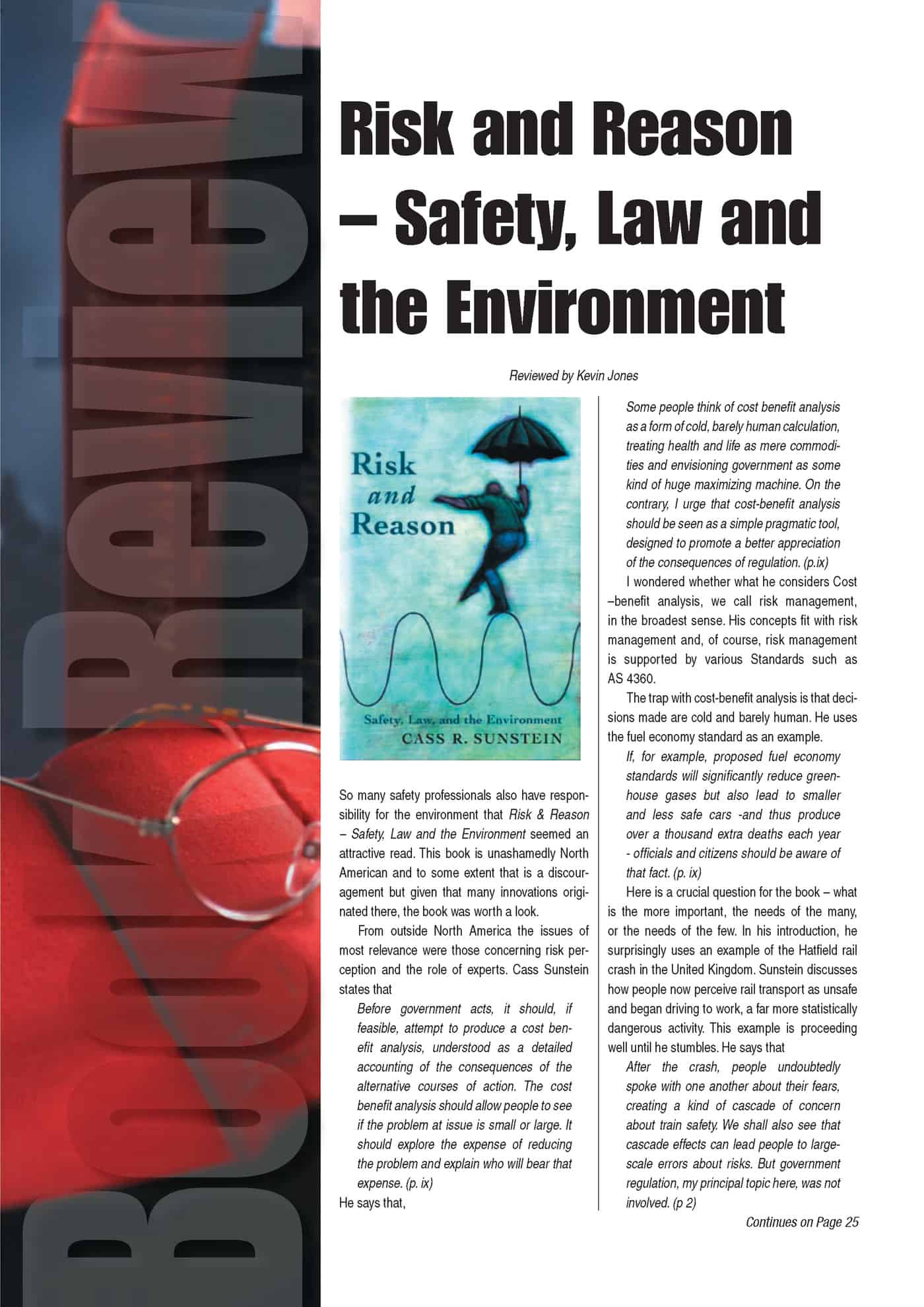The Australian newspapers in late-February shared the “outrage” of politicians and then the community over training that was provided to public servants by the American “happiness guru” Professor Martin Seligman.
The cost to the taxpayer seems exorbitant but the psychologist was from the US and was training delegates for many days. It is not unusual for US experts to charge over $US600 per hour plus travel and accomm0dation.
The Community & Public Sector Union‘s Assistant National Secretary Paul Gepp noted in a media statement that news of the expensive conference, which paid an American psychologist’s team more than $440,000, came with news of more layoffs of public servants, as 100 lost their jobs in the Crime Commission.
“Public servants are working hard to keep essential services going, keep our communities safe and make the stimulus package work,” said Mr Gepp. “Million-dollar, feel-good conferences don’t help get these jobs done. If the Government is looking to cut, we suggest it starts with junkets like this.”
The OHS context of this furore comes from the reasons for the training and whether the same benefits could have been obtained at a reduced price.
Media reports say that in parliament on 26 February 2009
“[Deputy Prime Minister, Ms Julia] Gillard attacked Liberal frontbencher Andrew Southcott for attempting to “parody” Professor Seligman, who she described as a “noted educationalist”.
“He is the leader in the development of (a) resiliency program that has been shown to make a difference to mental health issues amongst young people, including issues like anorexia and depression. That is actually serious and ought not to be cat-called about.”
SafetyAtWorkBlog has written previously about the workloads of the public sector under the Rudd government and how the government has chosen not to set reasonable production targets. The Seligman seminars are an example of trying to treat the symptoms and not the cause. Seligman’s programs are not the issue here as the results claimed may be absolutely justified.
Part of the problem for the government is timing, and in this, it shares a lot with behavioural-based safety programs. Whenever a company introduces a wellbeing program, or a happiness seminar, or resilience training, or a team-building extreme sports excursion, it indicates to me that either the company is one that has already tried the traditional approaches to controlling workplace hazards, hasn’t the faintest ides what to do to improve the safety in their workplace , or has too much money in its human resources budget and needs to spend it by the end of the financial year.
Regrettably, the money spent on public service mental health has been poorly targeted and papers over the cracks whilst ignoring the structural instability of how it manages its people.


